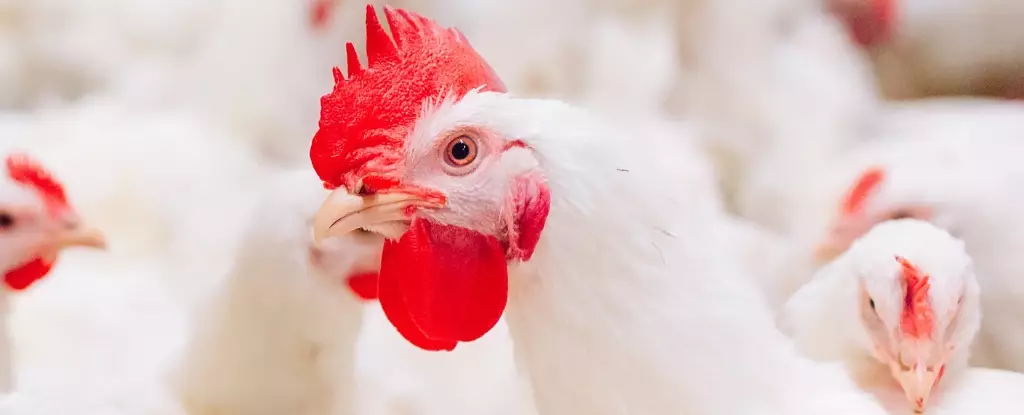In an unprecedented development, a teenager in British Columbia has been confirmed as the first Canadian to test positive for the H5 strain of avian influenza, commonly referred to as bird flu. Announced by provincial health authorities, this case has raised both concern and curiosity about the potential implications for public health. The adolescent is undergoing treatment in a specialized children’s hospital, highlighting the importance of swift medical intervention in such rare incidence.
As health officials scramble to uncover the origins of this infection, there is a pressing need to identify how the individual contracted the virus. Preliminary investigations suggest that the infection may have originated from close contact with infected birds or animals, a route that is typical for avian influenza. Dr. Bonnie Henry, a notable health officer in British Columbia, emphasized the rarity of such events while announcing ongoing investigations aimed at clarifying the exposure circumstances. The focus remains on exploring any interactions the teenager may have had with wildlife or contaminated environments.
Bird flu has notably been a concern primarily in wild birds and poultry populations. However, recent trends indicate that mammals are becoming increasingly susceptible to the virus, with reports of outbreaks in various animal species, including cattle in the United States. This trend is especially alarming to health experts, who warn that as mammals come into contact with the virus, the likelihood of mutations increases. Such changes could eventually lead to strains capable of human-to-human transmission—an unsettling scenario that authorities strive to prevent.
In September, the emergence of a case in Missouri marked a significant milestone, as it involved a human testing positive for bird flu without a known exposure to infected animals, deviating from the historical pattern where farmworkers were primarily affected. This growing pattern of bird flu in mammals and sporadic human cases signal a potentially emerging trend that necessitates heightened surveillance and proactive measures to safeguard public health.
While currently, the chances of sustained human-to-human transmission of the H5 virus remain minimal, the detected human cases reaffirm the necessity of rigorous public health protocols. Continued monitoring of avian influenza, coupled with public education about potential contact risks, is vital. The recent case in British Columbia serves as a crucial reminder of the interconnectedness of wildlife and human health, urging communities and health authorities alike to remain vigilant as we navigate the complexities of emerging infectious diseases.


Leave a Reply